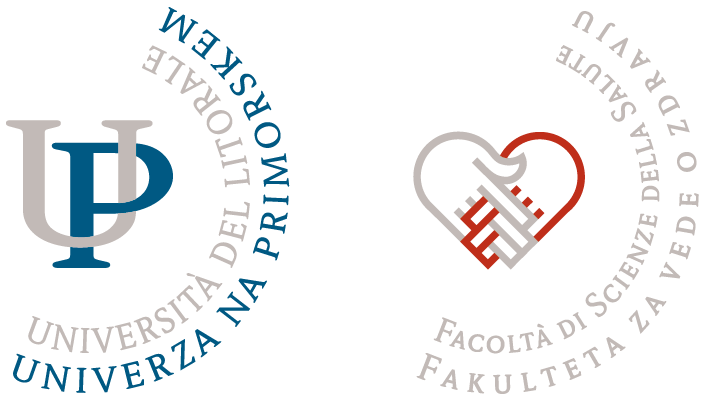Content
- Seminar: 5 hours
- Independent work: 175 hours
Subject carrier
Description
Natural sources of compounds with health benefits: • Cyanobacteria and
algae • Plants and parts of plants, roots, leaves, fruits, wood, by-products
• Bioactive compounds in food of animal and plant origin • Bioactive compounds
in foods typical in Mediterranean diet Toxic compounds in food • Toxins from
mushrooms, seashells, alkaloids, micotoxins…) • Compounds from thermic treatment
of foods Modern methodological approaches for extraction and characterisation of
bioactive compounds • Extraction from simple organisms • Extraction from plant
materials • Extraction from animal products Characterization • Chromatographic
methods • Nonchromatographic methods • FTIR Fourier transform infrared
micro-spectroscopy • Other spectroscopic methods Effect of bioactive compounds
on human body In vitro effects: • pH changes • antioxidative potential • enzyme
inhibition Cellular level: • Cell cycle • Proliferation • Gene expression,
epigenetic changes • Differentiation, stem cell maturation • Mutagenic and
antimutagenic activities Systemic activity: • Immune response • Inflammatory and
antiinflammatory activities • Changes in metabolic profile (glucose, lipid
profile…) Specific therapeutic applications of bioactive compounds
• Antioxidants • Antitumor compounds • Treatment of viral infections • Wound
healing • Antimicrobial compounds • Compounds with beneficial effects on gut
health and microbiota • Compounds for regulation of body weight • Inhibition of
metabolic syndrome development • Compounds to improve sports performance
Integration of bioactive compounds in functional foods Clinical study design
and organisation

